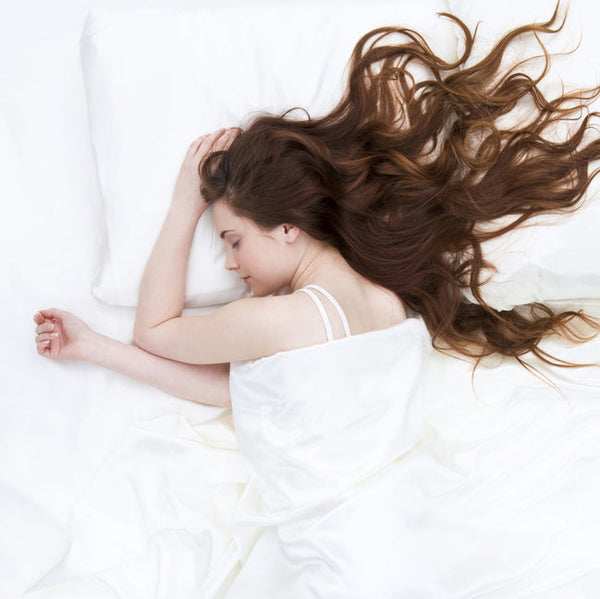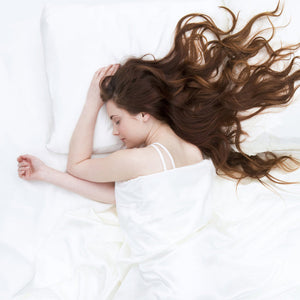Cupping Therapy: Unveiling the Ancient Art and Modern Wellness Benefits

In the pursuit of skin health and well-being, today’s estheticians are embracing the age-old practice of cupping, unlocking benefits that go beyond the surface. I myself am a believer in holistic wellness, and as a practicing esthetician of over 17 years, I’m always searching for the best modalities to enhance my clients’ experience and results. Cupping isn’t a new modality – it was practiced by the Egyptians and Macedonians 5500 years ago, and Egyptians later introduced this method to the Greeks. It has also been a staple of TCM along with other modalities such as gua-sha, moxibustion, tui na massage, acupuncture and acupressure. Traditional Chinese Medicine (TCM), or Zhōngyī, is a healing system of Eastern medicine developed in China more than 2,000 years ago, incorporating therapies that are in some cases millennia older. Chinese Medicine views the body and the person, as a unified whole. Spiritual, mental, emotional and physical aspects are all seen as interconnected and interdependent - this explains why some people see Chinese Medicine as a "holistic therapy". TCM looks at multiple symptoms specific to the individual and delineates their cause from a combination of imbalances within the lifestyle, psyche, and effects of environmental stress, trauma or invasion by external pathogens. TCM utilizes a holistic approach to medicine and does not try to find one exact reason for illness; instead, it acknowledges that there are several factors that contribute to problems arising in the body. There are five main components of treatment available within TCM: acupuncture, Chinese herbal medicine, tui na bodywork, Tai Qi /Qi Gong (movement and stretching exercises), and nutrition.
According to TCM, each patient needs to be treated by attending to his or her unique symptoms. To achieve this, the practitioner must try to determine the root cause of the illness in order to bring balance to the body. The practitioner will determine the type of condition the patient exhibits — excessive heat, dampness, toxicity, stagnation, or a combination of them—by examining the overall health of the body. The tongue and pulse reflect the nature of the imbalance – a red tongue body with thick yellow coating is reflective of heat, but a pale tongue with a thick white coat indicates dampness.
Cupping therapy is widely varied, consisting of different methods and cup styles. Cups for bodywork may range from 1 to 3 inches in diameter. Facial cups are commonly 15mm for the delicate eye area and 25mm for the face and neck.
Plastic and glass are the most common materials used today and the method types may be classified into four main categories.
- Technical Types
- Dry (Stagnant)
- Wet (Hijama)
- Massage (Dynamic)
- Flash Cupping
- Power of Suction
- Light
- Medium
- Strong
- Method of Suction
- Fire
- Manual Suction
- Electrical suction
- Materials Inside Cups
- Herbal
- Water
- Ozone
- Needle
- Magnetic cupping
Cupping Therapy – Body
Cupping therapy for the body is often used to treat muscle aches, toxin accumulation and the stagnation of blood and Qi. Cupping is performed by depressurizing the inside of the cup with a flame or a vacuum, so it then lifts up the skin below it. Traditionally, cupping works to increase circulation and remove heat from the body, and is used for a wide range of conditions including stress, muscle pain, arthritis, chest colds and fevers, and even some skin conditions. When treating inflammatory conditions, such as acne, the goal is to remove heat and toxins. This is generally done through cupping on the back, even if the acne is on the face or chest. In fact, a study that examined cupping found that 10 out of 11 people with acne had improvement in their symptoms. In these patients, cupping also reduced inflammatory chemicals circulating in the blood.
Dry cupping commonly involves creating a small area of low air pressure next to the skin. The low air pressure required may be created by heating the cup or the air inside it with an open flame or a bath in hot scented oils, then placing it against the skin. As the air inside the cup cools, it contracts and draws the skin slightly inside. More recently, vacuum is created with a mechanical suction pump acting through a valve located at the top of the cup.
Fire cupping, my favorite, involves soaking a cotton ball in alcohol, then clamping it by a pair of forceps, setting it on fire and, in one motion, placing into the cup and quickly removing. Then, the cup is placed on the skin. Fire heats the inside of the cup and a small amount of suction is created by the air cooling down and contracting. Massage oil may be applied to create a better seal as well as allow the cups to glide over muscle groups in an act called "moving cupping". Immediately after, dark circles will appear where the cups were placed because of rupture of the capillaries just under the skin.
Wet cupping, or Hijama, is performed by letting the area under the cup fill with “bad” dark blood. The cups are applied to the skin using the fire or suction method, and left to cling to the skin for a few minutes, then it is lifted off and several very small incisions are made in the skin. The cup is then put back as it was before until the flow of blood subsides. Hijama is considered a form of energy medicine because it has been claimed to "unclog" purported meridians in the body.
Cupping Therapy – Face
With the re-emergence of therapeutic body cupping, we are recently also seeing the introduction of facial cupping to the esthetic world. Although there are some similar benefits between body and facial cupping, they are essentially two completely different treatments. Whereas body cupping is often done by placing cups on an area and leaving them for a few minutes to achieve the therapeutic effect, facial cupping is a dynamic treatment that involves the constant movement of the cups. In fact, leaving them in one area for too long may cause bruising. Facial cupping helps to improve circulation, stimulate lymphatic drainage, relax the facial and neck muscles, depuff the face, and reduce the appearance of wrinkles. The treatment is recommended to be done using oil to encourage good slip and to keep the cups moving. The gentle suction helps oxygenate the tissues and promote better blood flow, increasing collagen and elastin formation, and improving the appearance of fine lines and wrinkles. I personally love combining cupping treatments with myofascial release performed by a small ball. This massage is perfect for relaxing tense facial muscles and it prepares the client for cupping to follow.
While providing relief from tension, promoting circulation, and enhancing skincare routines, the ancient cupping technique remains popular to this day. This therapy is an excellent reminder that sometimes, the most effective solutions are rooted in time-honored traditions. So, whether you're embracing the ancient art for its therapeutic benefits or incorporating it into your treatments, body and facial cupping stands as a testament to the enduring power of holistic approaches to health and beauty.










